Pilates Exercises for Core Strength, Balance, and Wellness
Last Updated Jun 10, 2025

Pilates gets a reputation for being mysterious — maybe even a little intimidating. Between the quiet studios and that futuristic-looking reformer machine, it can feel more like performance art than a workout.
But behind the slow movements and controlled breathing is a powerhouse practice. Pilates strengthens your core, boosts balance, improves flexibility, and supports total-body fitness. And the best part? You don’t need fancy gear or previous experience to begin. Just a mat and a few foundational moves can set everything in motion.
Uncover the benefits of Pilates and try beginner-friendly exercises that can help you feel stronger, more stable, and ready for anything.
What is Pilates?
Pilates is a workout created by Joseph Pilates in the early 1920s. Its movements emphasize the following six key principles:
- Concentration: Practitioners use mindfulness to focus on the mind-body connection and maximize the benefits of every movement.
- Control: All moves are done with with intention and precision, maintaining full-body control throughout each rep.
- Centering: Practitioners focus on centering and engaging core muscles in the abs, lower back, hips, and glutes.
- Precision: The exercise stresses proper form and technique to maximize the positive impact of each move and reduce the risk of injury.
- Breath: Deep breathing helps to oxygenate the body, activate the core, and put the mind in a balanced state.
- Flow: Practitioners focus on flowing through the exercises with fluid, continuous movement. This coordination helps with stability and feeds into other core principles like precision, centering, and breathwork.
Pilates is accessible to just about anyone. While you can use a Pilates reformer, it's not necessary. You can use a basic yoga mat and do body weight exercises and core engagement to reap similar benefits.
The way you practice Pilates will come down to your individual preferences. You can do it from home or attend Pilates reformer classes to up your workout intensity with a certified instructor.
Benefits of Pilates: Strengthen the Core and Enhance Flexibility
Pilates is more than a fun workout—it’s a full-body movement practice rooted in control, breath, and balance. Each exercise blends strength and stretch, targeting deep stabilizing muscles that support your posture, protect your spine, and help you move through daily life with more ease.
This kind of movement can be especially helpful if you’re dealing with discomfort in your lower back or neck. A meta-analysis published in the Journal of Science and Medicine in Sport found that Pilates may ease pain associated with scoliosis and promote spinal health.
It’s not just your body that stands to benefit. With consistent practice, you may notice clearer focus, better body awareness, and a deeper connection between how you move and how you feel. A study published in Healthcare (Basel) suggests Pilates can support mental and emotional wellbeing by reducing stress, anxiety, and symptoms of depression.
Like most things that support long-term wellness, the key is consistency. But don’t worry—these movements often feel better the more you do them. As your confidence grows, so does your comfort. And that makes it easier to stick with it.
Key Pilates Exercises
There’s a long list of Pilates exercises and sequences to choose from, but there are some basic movements that most Pilates classes include. The following exercises are a great place to start. If you're a Wellhub member, you can also access Pilates videos through Club Pilates and Apple Fitness+ to help you see and learn the movements.
The Plank
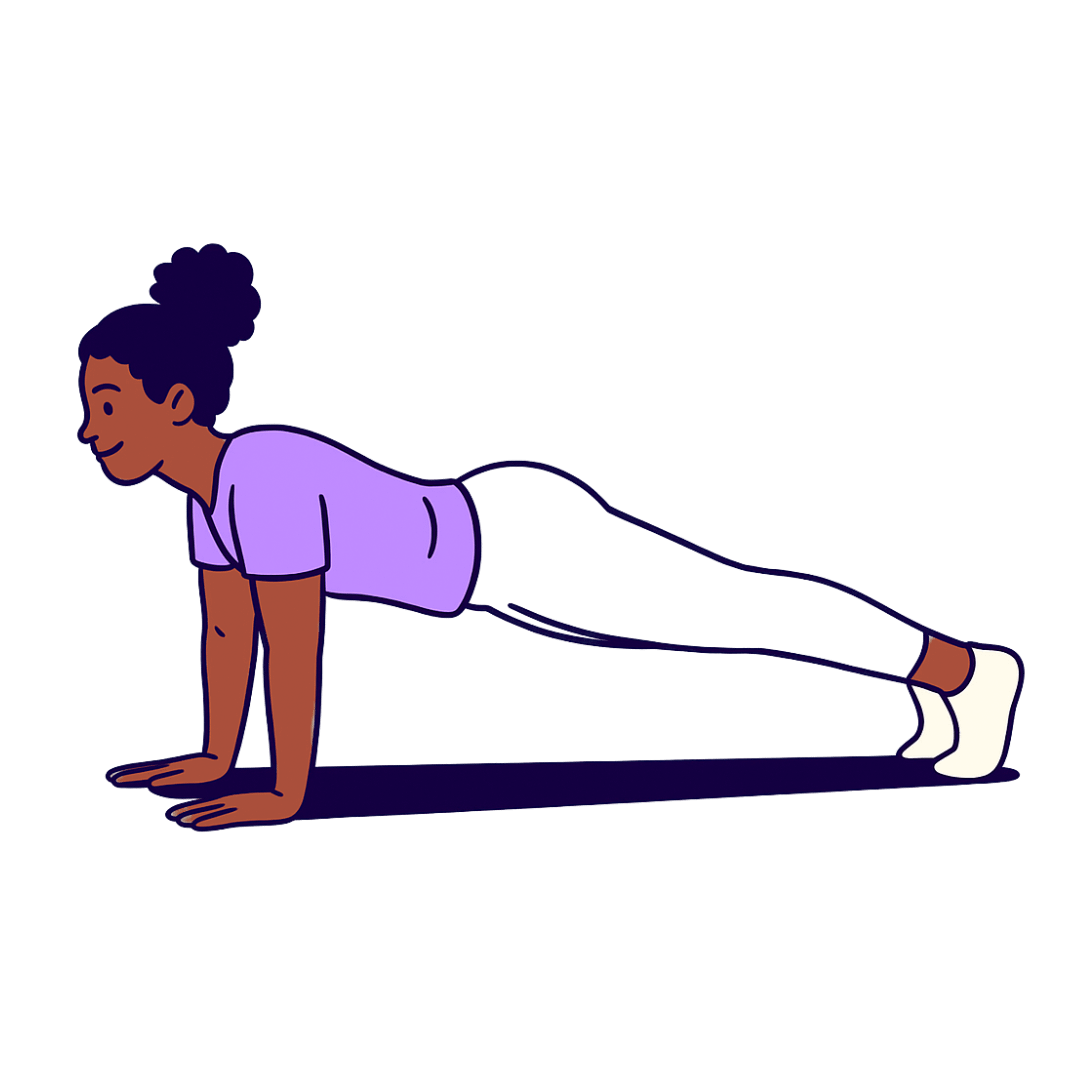
Targets: Core, shoulders, glutes
How to do it:
- Start in a push-up position with your hands directly under your shoulders.
- Engage your core and glutes to keep your body in a straight line.
- Hold the position for 30-60 seconds, keeping your neck parallel to the ground and your gaze slightly forward.
Modifications:
- Easier: Drop your knees to the mat.
- More challenging: Tap each arm on the opposite shoulder and alternate, or raise one foot at a time and hold for 5-10 seconds before alternating.
The Hundred

Targets: Abdominals, breath control
How to do it:
- Lie on your back with knees bent or legs extended at a 45-degree angle.
- Lift your head, neck, and shoulders off the mat, while extending your arms by your sides.
- Pump your arms up and down a few inches at a time, inhaling and exhaling for five counts each.
- Repeat until you reach 100 reps or 10 complete breath cycles.
Modifications:
- Easier: Keep your head or feet on the floor.
- More challenging: Bring your legs lower or add ankle weights.
Roll-Up
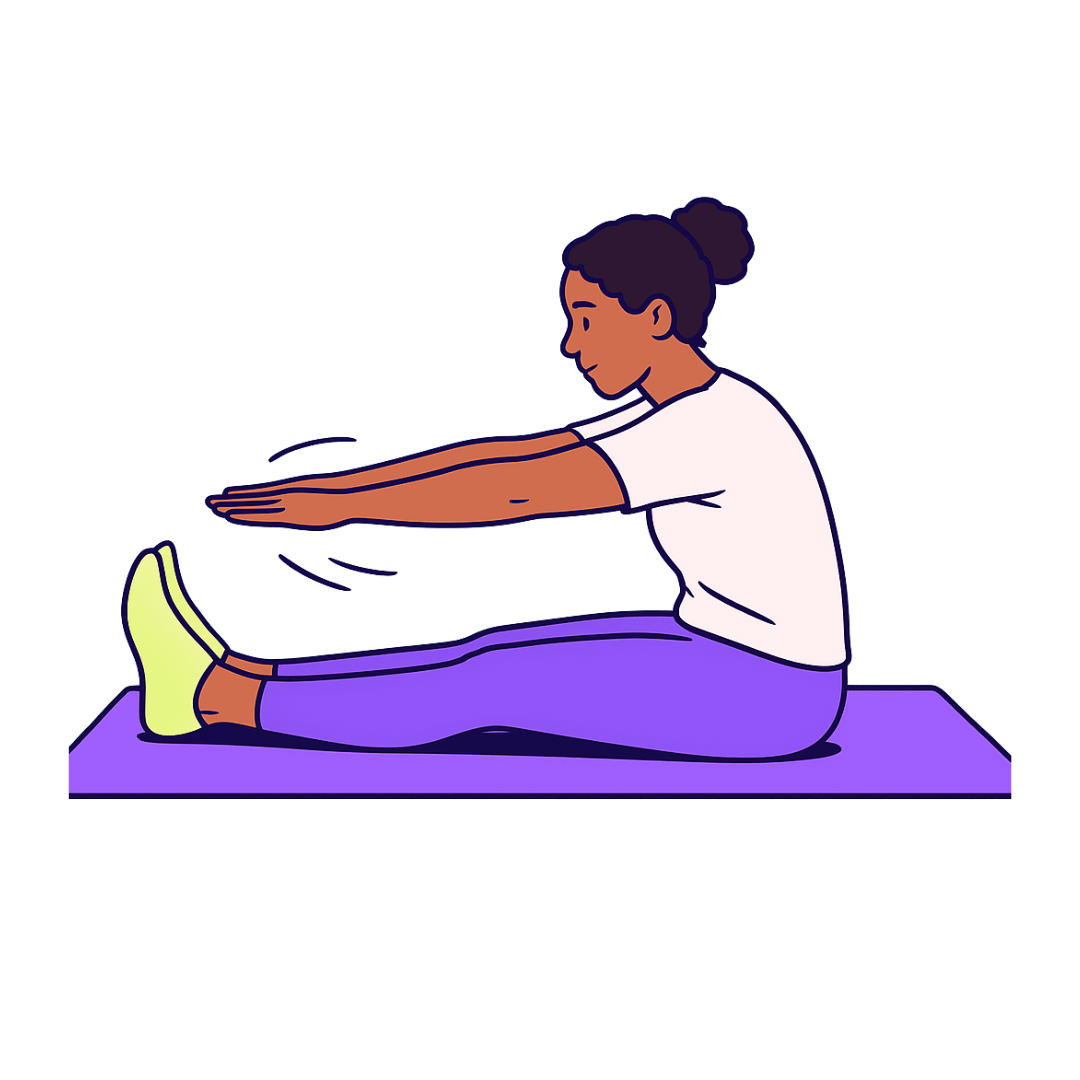
Targets: Abdominals, spine
How to do it:
- Lie flat with your legs extended and arms stretched overhead.
- Inhale and lift your arms. Exhale and roll up one vertebra at a time, reaching for your toes.
- Inhale at the top, then slowly exhale to roll back down, one vertebra at a time.
Modifications:
- Easier: Allow your knees to bend.
- More challenging: Add pulses at the top of each set.
Glute Bridge
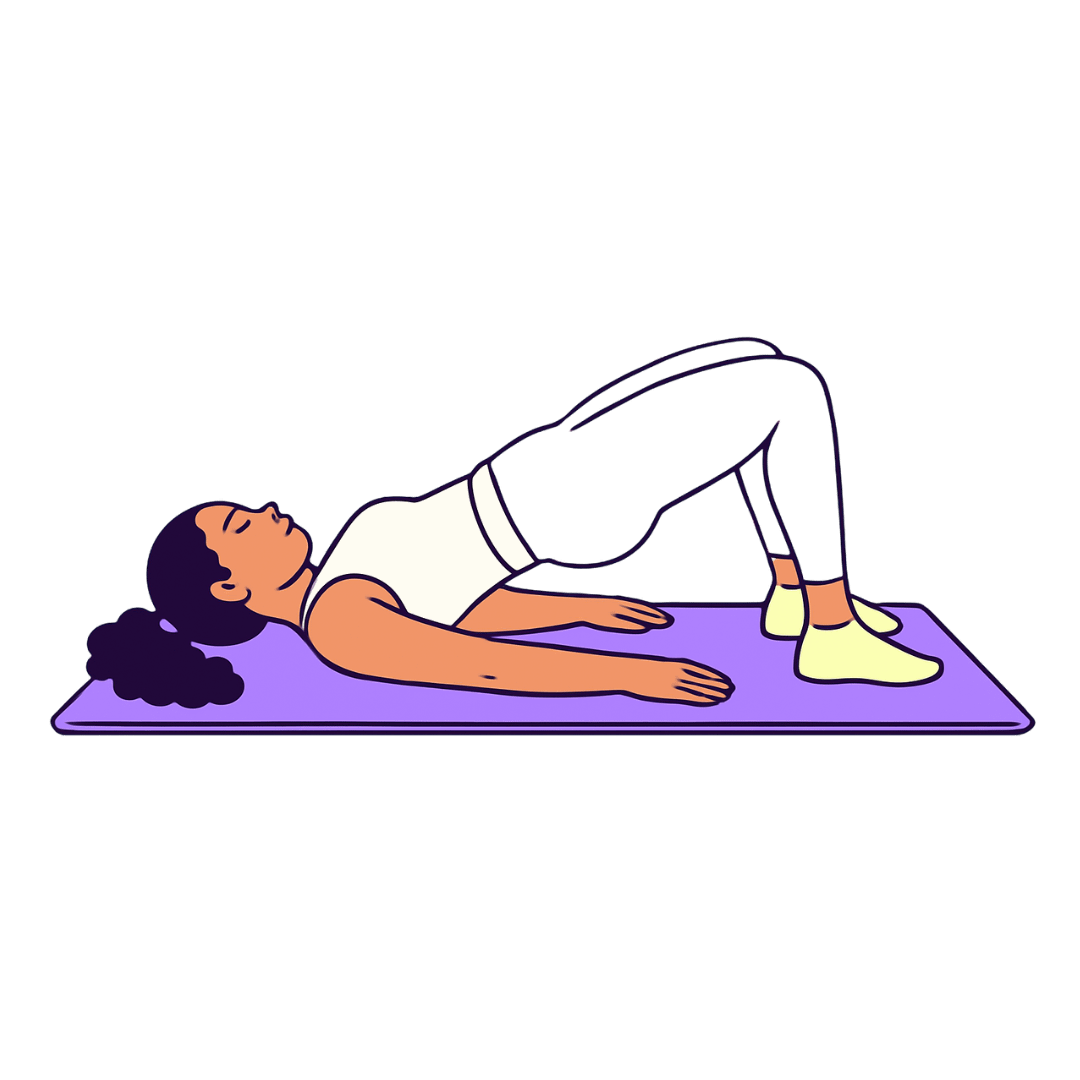
Targets: Glutes, hamstrings, core
How to do it:
- Lie on your back with your knees bent and feet flat on the floor.
- Press through your heels and lift your hips until your body makes a straight line from your shoulders to your knees.
- Pause briefly at the top, then slowly lower down to the floor.
Modifications:
- Easier: Put a cushion under your lower back for added support.
- More challenging: Extend one leg out and hold it there throughout the movement.
Side-Lying Leg Lifts
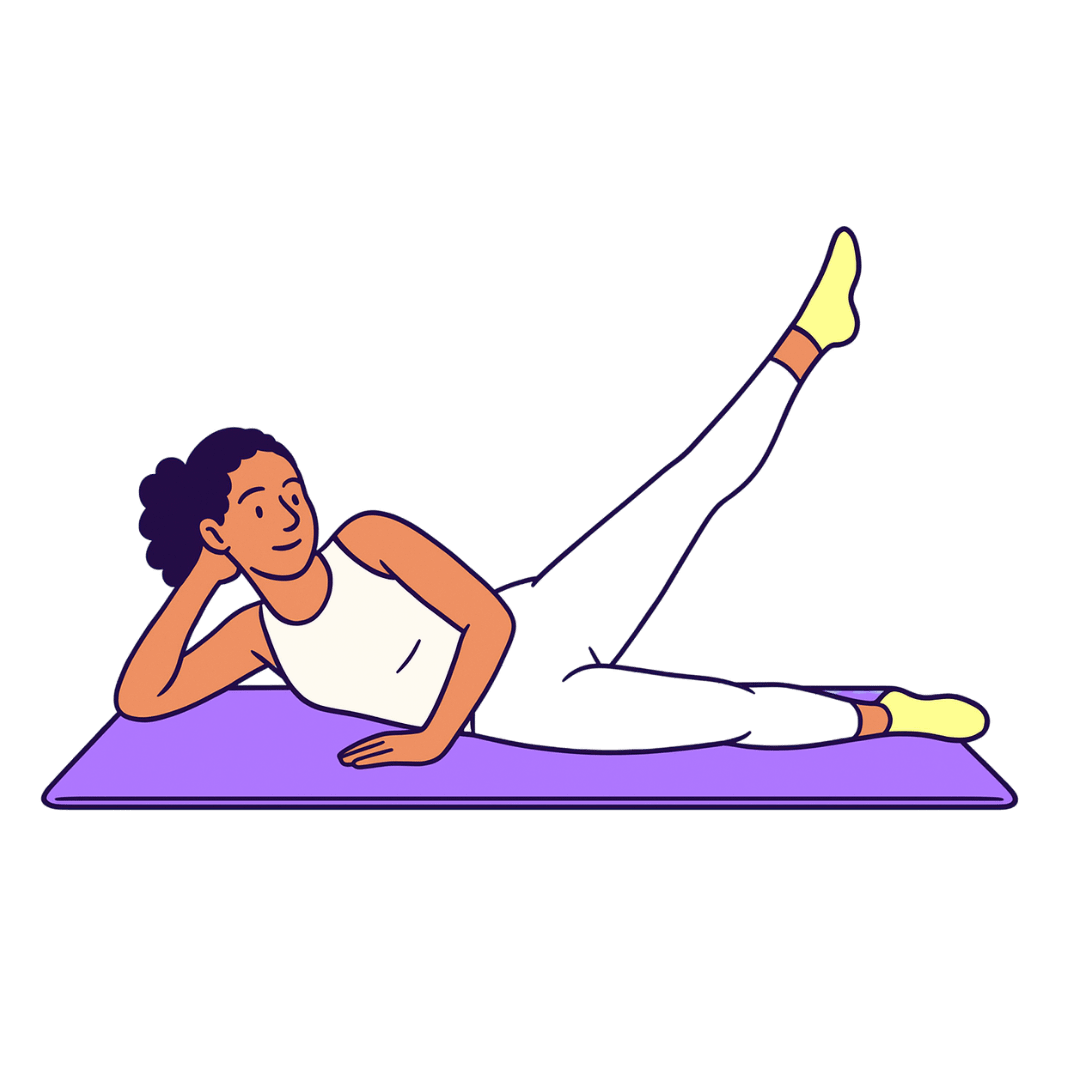
Targets: Outer thighs, hips, obliques
How to do it:
- Lie on your side with your legs extended.
- Rest your head on your bottom arm, placing your top hand in front of yourself for balance
- Lift your top leg slowly to about the height of your shoulder, then lower it slowly with control.
- Repeat on the other side.
Modifications:
- Easier: Bend your bottom leg for extra stability.
- More challenging: Add ankle weights or hold the leg up at the top for 10-20 seconds.
Stretch Forward
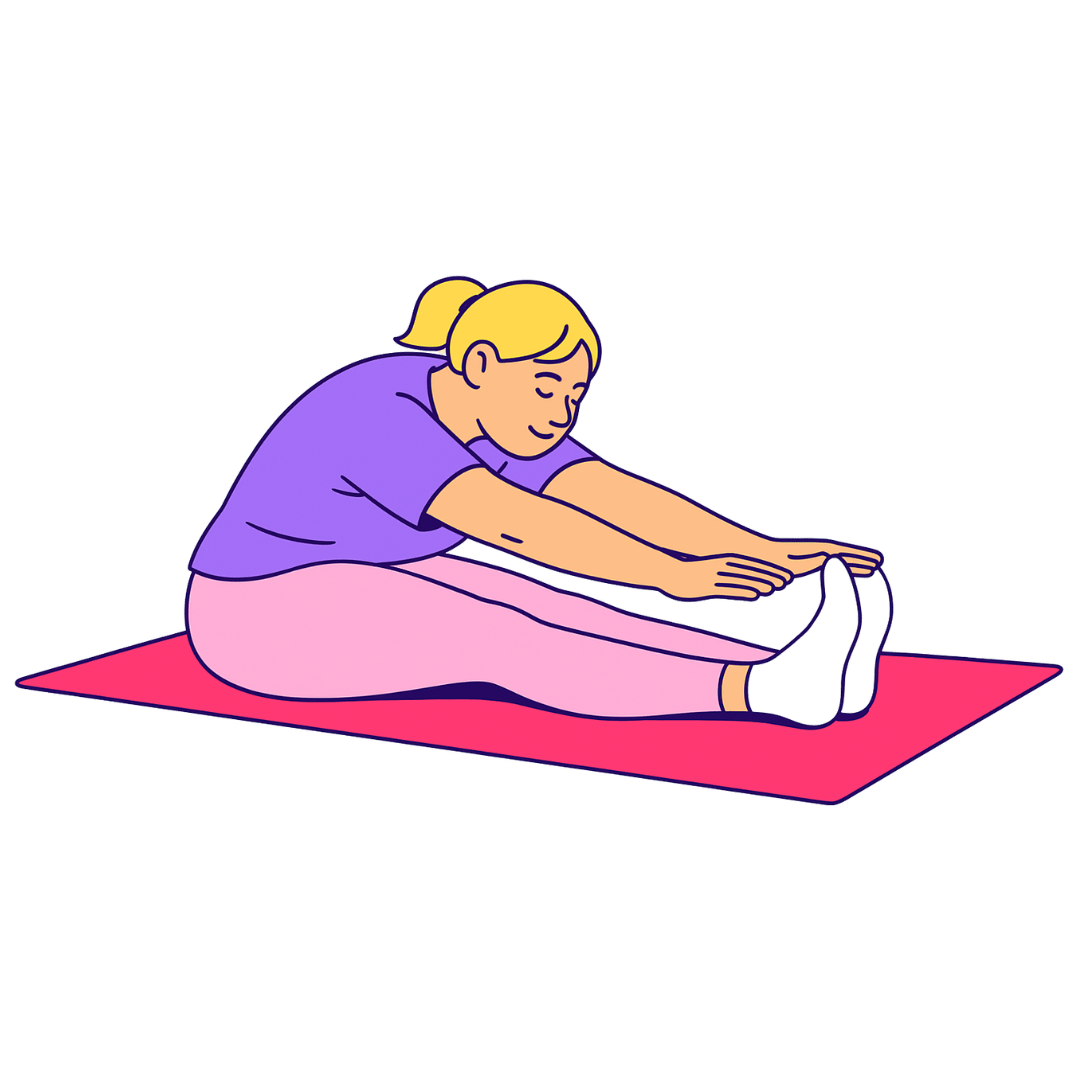
Targets: Hamstrings, spine, upper back
How to do it:
- Sit up tall with your legs extended and feet flexed.
- Inhale to lengthen your spine, then exhale and reach forward over your legs.
- Keep your back slightly rounded and stretch toward your flexed feet, holding for 30-60 seconds.
Modifications:
- Easier: Bend your knees slightly.
- More challenging: Add slow pulses, pushing forward as you reach further toward your feet.
Crisscross
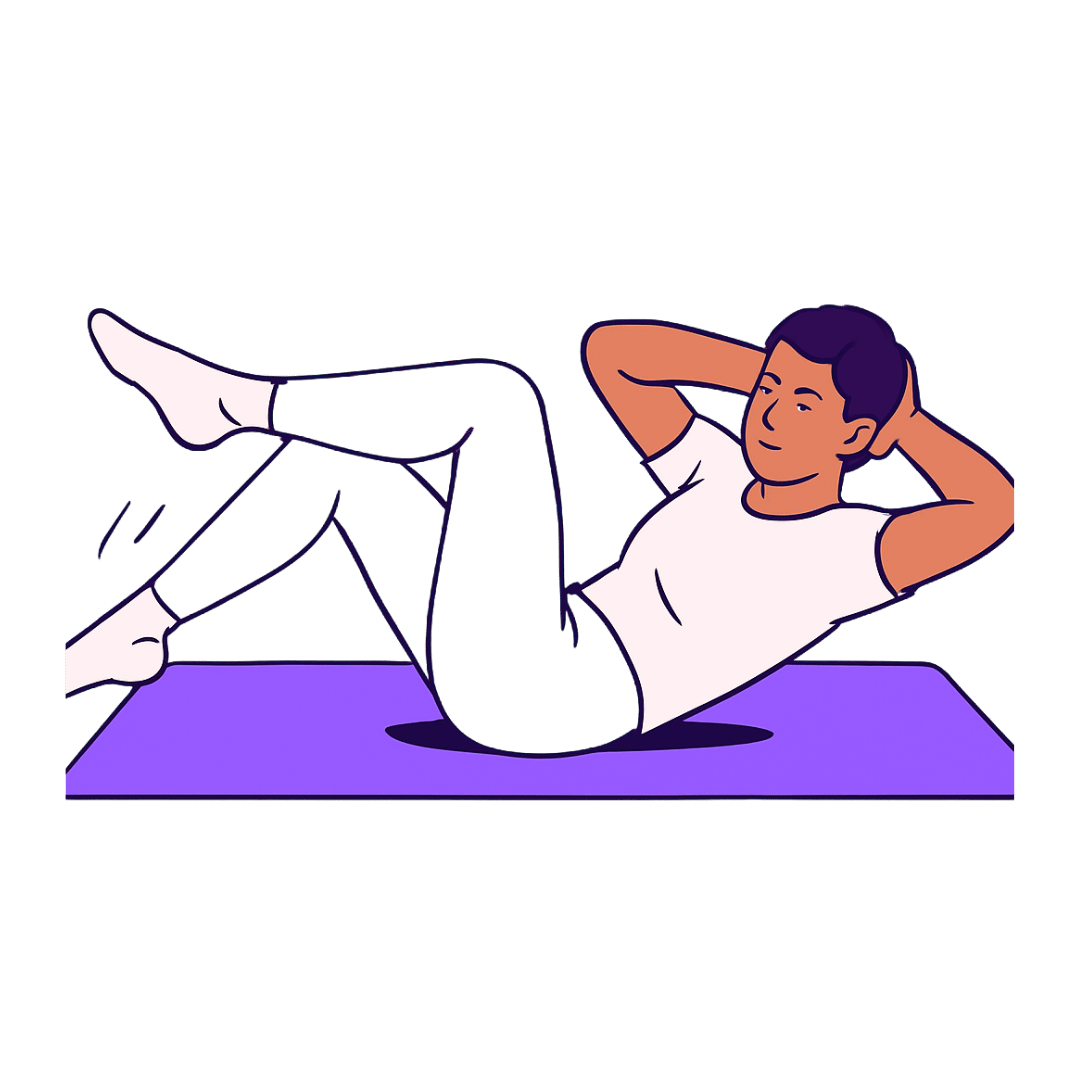
Targets: Obliques, deep core muscles
How to do it:
- Lie on your back with your knees bent, feet on the floor, and hands behind your head.
- Lift your head and shoulders, bringing the right elbow toward the left knee while extending the right leg.
- Switch sides in a controlled bicycle motion.
Modifications:
- Easier: Keep your feet on the ground and reduce your range of motion.
- More challenging: Increase your range of motion, moving your elbow closer to your knee. You can also hover your legs closer to the floor when extending.
Swan Dive
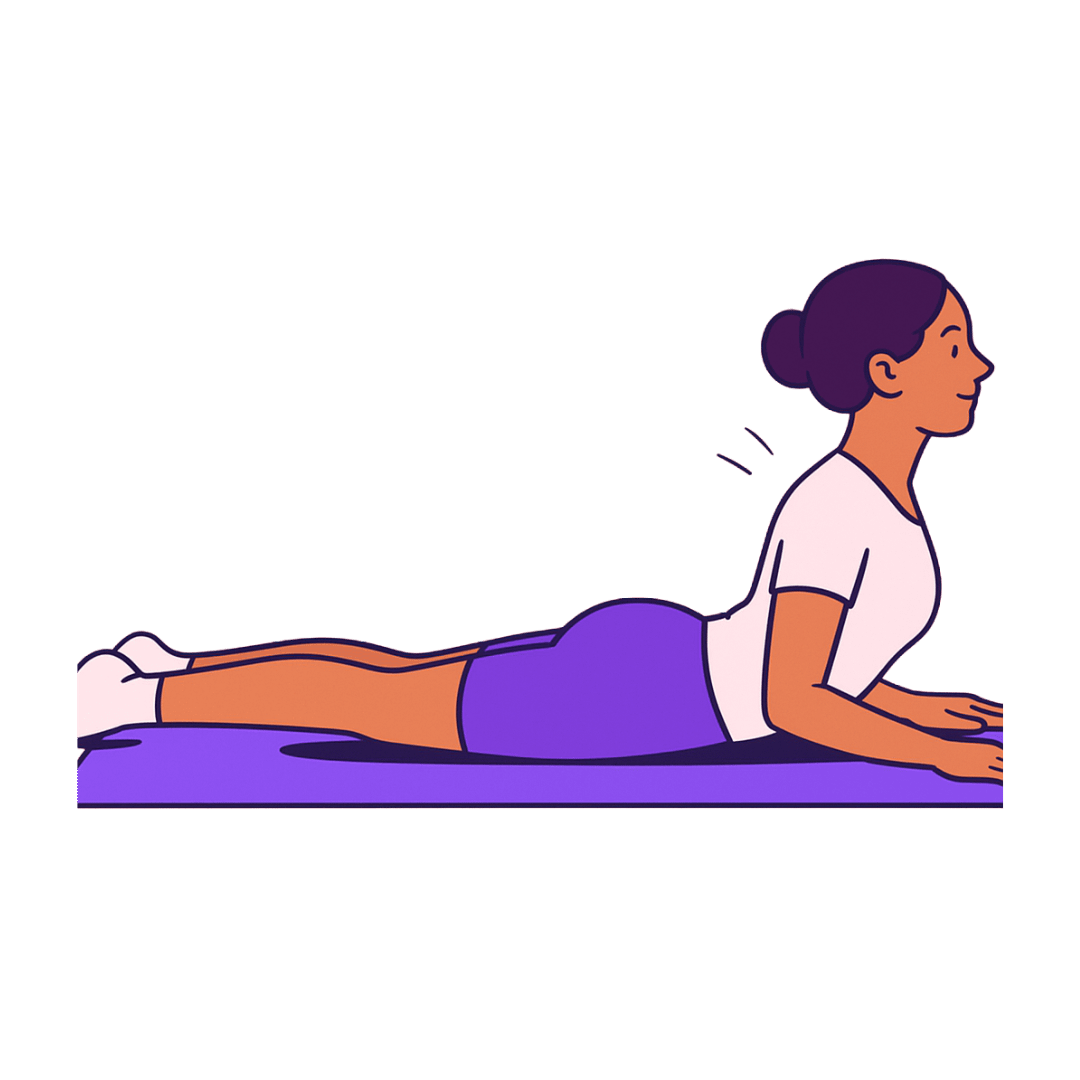
Targets: Back extensors, glutes, posture muscles
How to do it:
- Lie face down with your hands under your shoulders.
- Press your legs together, then lift your feet off the ground.
- Inhale to lift your chest without using your hands.
- Lower back down slowly.
Modifications:
- Easier: Keep your hands down and lift your upper body less.
- More challenging: Add a small pulse to the top of the movement.
Dynamic vs. Static Stretching in Pilates
Stretching plays a major role in Pilates. It prepares the muscles to work, reduces injury risk, and improves long-term flexibility. Both dynamic and static stretching are incorporated to offer different benefits. Pilates uses both dynamic and static stretching to give your body what it needs, exactly when it needs it.
Dynamic stretches come first. These controlled, gentle movements warm up the body and get your muscles ready to move. Think arm circles, leg swings, or a few rounds of cat-cow. You’re not just loosening up—you’re preparing for powerful, purposeful movement.
Static stretches take over at the end of your session. These are the poses you hold—like a seated forward fold, figure-four stretch, or a calming supine twist. They give your muscles a chance to lengthen, recover, and reset.
Together, these styles of stretching create a full-body experience that feels both energizing and restorative. So whether you're stepping onto the mat for the first time or deepening your practice, stretching helps you move more freely—in Pilates and in daily life.
How to Stay Safe During Pilates (Especially If You’re New)
Pilates can move your body in ways it’s not used to—and that’s part of the magic. But if you’re still learning the ropes, jumping into unfamiliar positions too quickly can raise your risk of injury. That’s why every class starts with a warm-up and ends with a cooldown. They’re your body’s best prep and recovery tools.
Warm-ups help activate your muscles and ease your body into strength training and cardio.
Cooldowns help you stretch, slow down, and shift into recovery mode.
To stay safe and feel strong throughout your workout, try these tips:
- Engage your core before every move. This helps stabilize your spine and power your movement.
- Move with control. Slow, steady motion protects your joints and strengthens your muscles.
- Watch for tension, especially in your neck. Use your breath to soften and relax as you move.
- Pay attention to how you feel. If something doesn’t feel right or causes pain, pause.
- Modify when you need to. Every body is different—and honoring yours is part of the practice.
Pilates is about progress, not perfection. The more in tune you are with your body, the more you’ll get out of every session.
Incorporate Pilates Exercises Into Your Workout Routine
Pilates builds strength, flexibility, and focus—and it’s easy to start at home with just a mat. But joining a class can take your practice further. With the right instructor and equipment, you’ll unlock deeper muscle engagement and feel even stronger after each session.
Wellhub gives you access to Pilates classes through top partners like Club Pilates, Solidcore, and Apple Fitness+. Whether you’re a beginner or leveling up your flow, there’s a way to move that fits your style and schedule.
You might already have access to Wellhub through your employee benefits. Check here to see if you’re eligible—and start exploring new ways to support your wellbeing. If not, start a petition to bring Wellhub to your company.
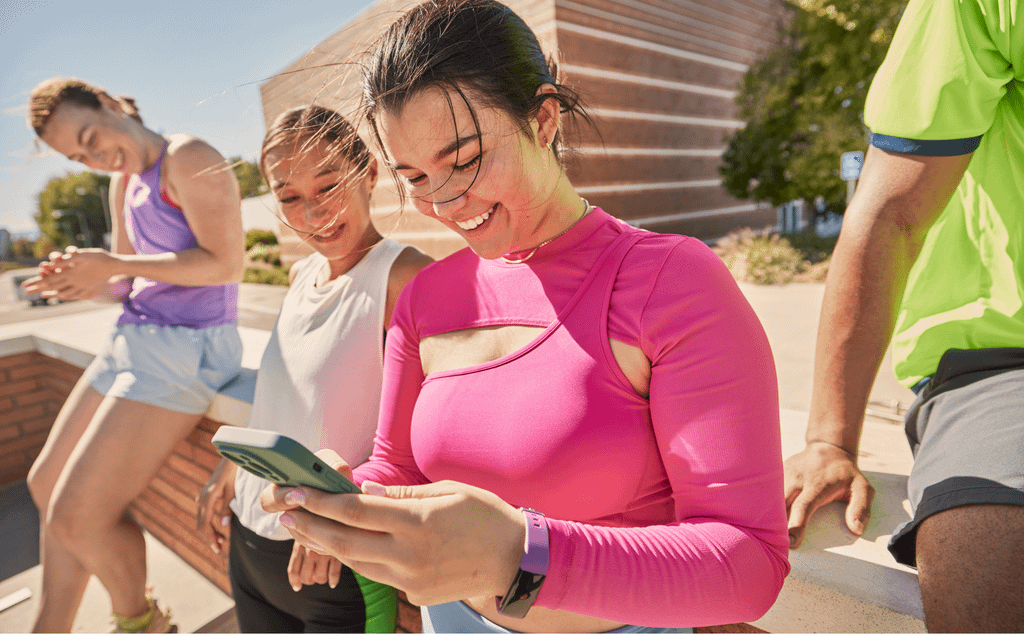
Want Wellhub at your company? Start a petition.
It’s completely confidential! Just follow a few steps and we'll create your official company petition page.
References
- Guidotti, S., Fiduccia, A., Morisi, G., & Pruneti, C. (2025). Benefits of Pilates on Depression, Anxiety, and Stress: An Observational Study Comparing People Practicing Pilates to Non-Active Controls. Healthcare, 13(7), 772. https://doi.org/10.3390/healthcare13070772
- Li, F., Dev, R., Kim Geok Soh, Wang, C., & Yuan, Y. (2024). Effects of Pilates on body posture: a systematic review. Archives of Rehabilitation Research and Clinical Translation, 6(3), 100345–100345. https://doi.org/10.1016/j.arrct.2024.100345
- Xu, M., Tian, C., Wang, Y., Liang, S., Wang, Y., Li, X., & Yang, K. (2023). Pilates and multiple health outcomes: An umbrella review. Journal of Science and Medicine in Sport, 26(4-5), 232–240. https://doi.org/10.1016/j.jsams.2023.03.011
Category
Share

The Wellhub Editorial Team empowers HR leaders to support worker wellbeing. Our original research, trend analyses, and helpful how-tos provide the tools they need to improve workforce wellness in today's fast-shifting professional landscape.
Subscribe
Our weekly newsletter is your source of education and inspiration to help you create a corporate wellness program that actually matters.
Subscribe
Our weekly newsletter is your source of education and inspiration to help you create a corporate wellness program that actually matters.
You May Also Like
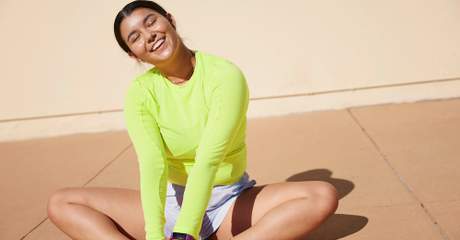
Women Gym Owners And Founders To Celebrate This International Women’s Day | Wellhub
For International Women’s Day, we put the spotlight on women-owned and founded gyms across the country that deserve a moment to shine.

Black-Owned And Founded Fitness And Wellness Businesses To Support
Check out these black-owned and founded gyms, studios, and fitness and wellness companies and the many ways you can support them.

5 Fun Workouts To Spice Up Your Fitness Routine | Wellhub
Here are five fun workouts and studios to shake up your circuit and keep your fitness routine from falling into an exercise rut.